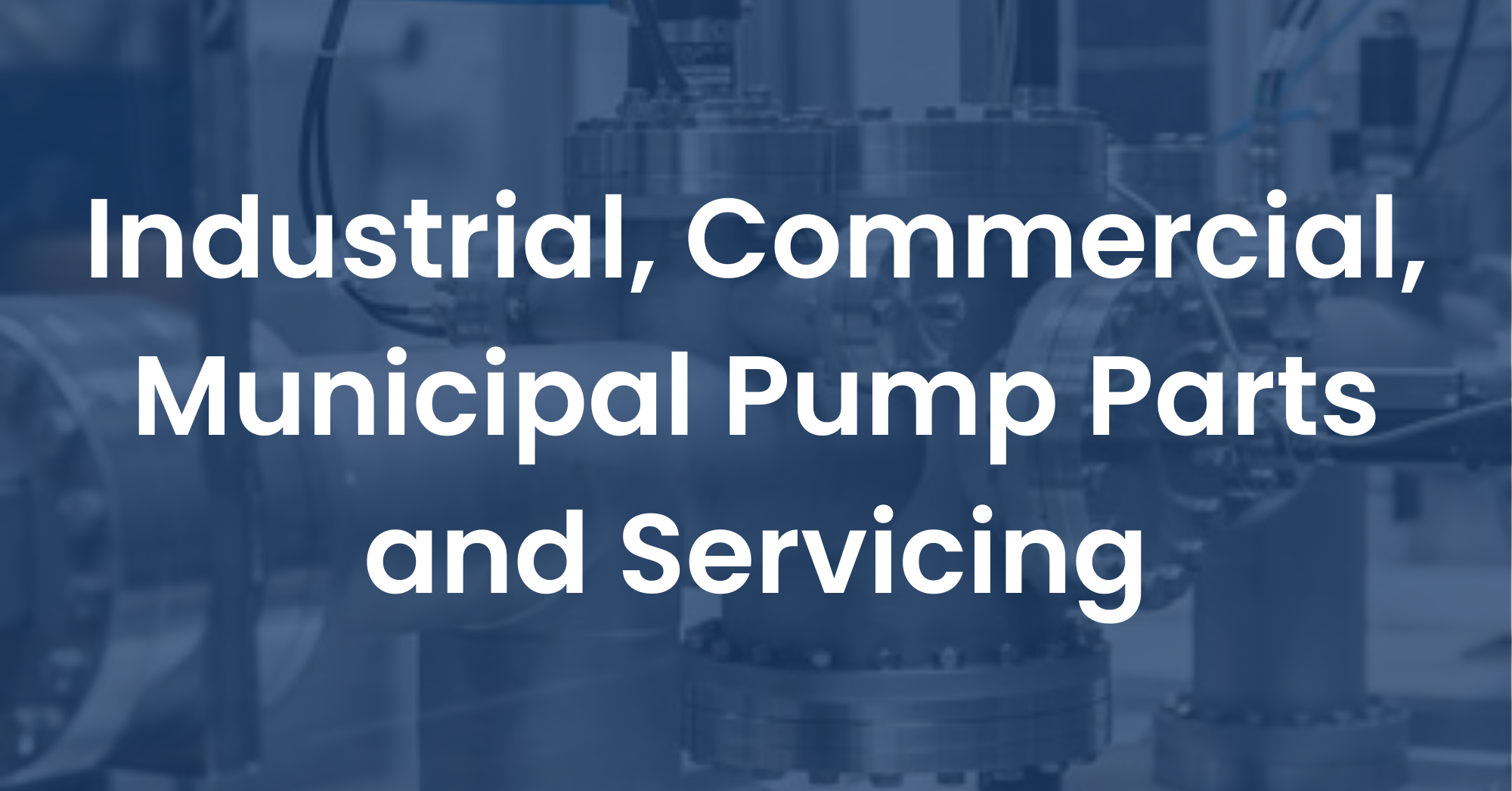Unveiling the Gorman-Rupp 6400 Series™: Advanced End Suction Pumping Solutions
Redefining Performance with the Gorman-Rupp 6400 Series™
The Gorman-Rupp 6400 Series™ marks a notable leap forward in end suction centrifugal pump technology, particularly for demanding flooded suction scenarios. These pumps are engineered to efficiently manage a wide spectrum of liquids, from clear fluids to those heavily laden with solids, all while providing a cost-effective solution.1
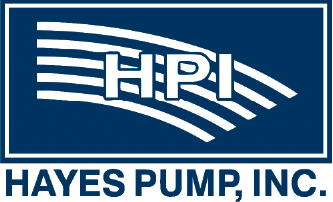



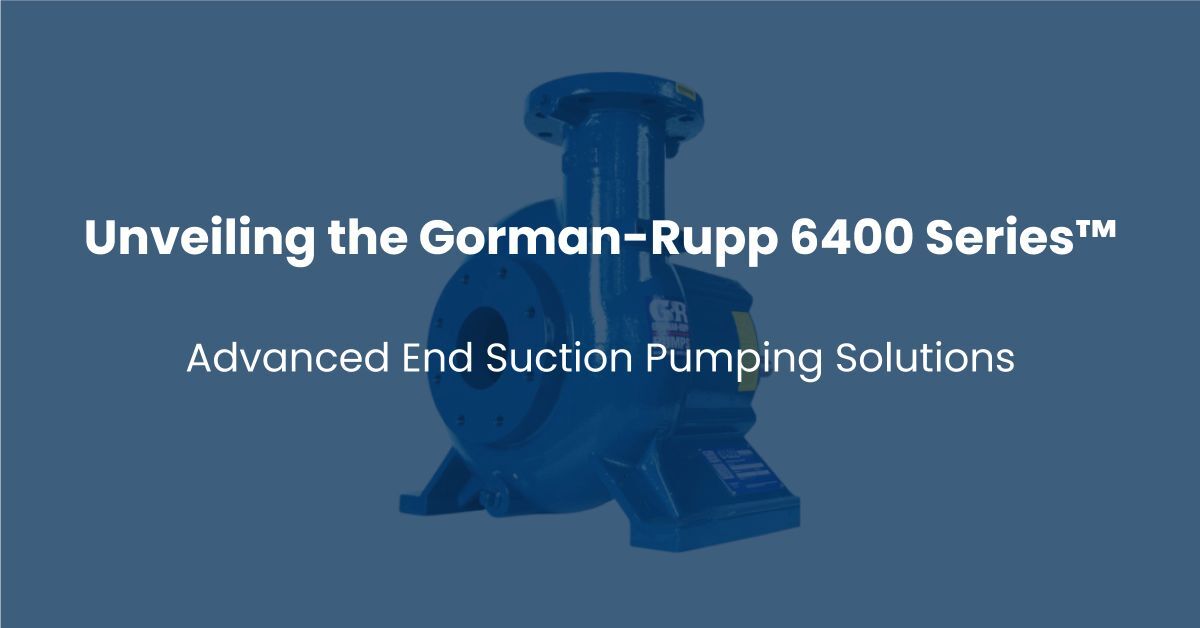

-Aug-18-2025-01-14-52-9048-PM.png)
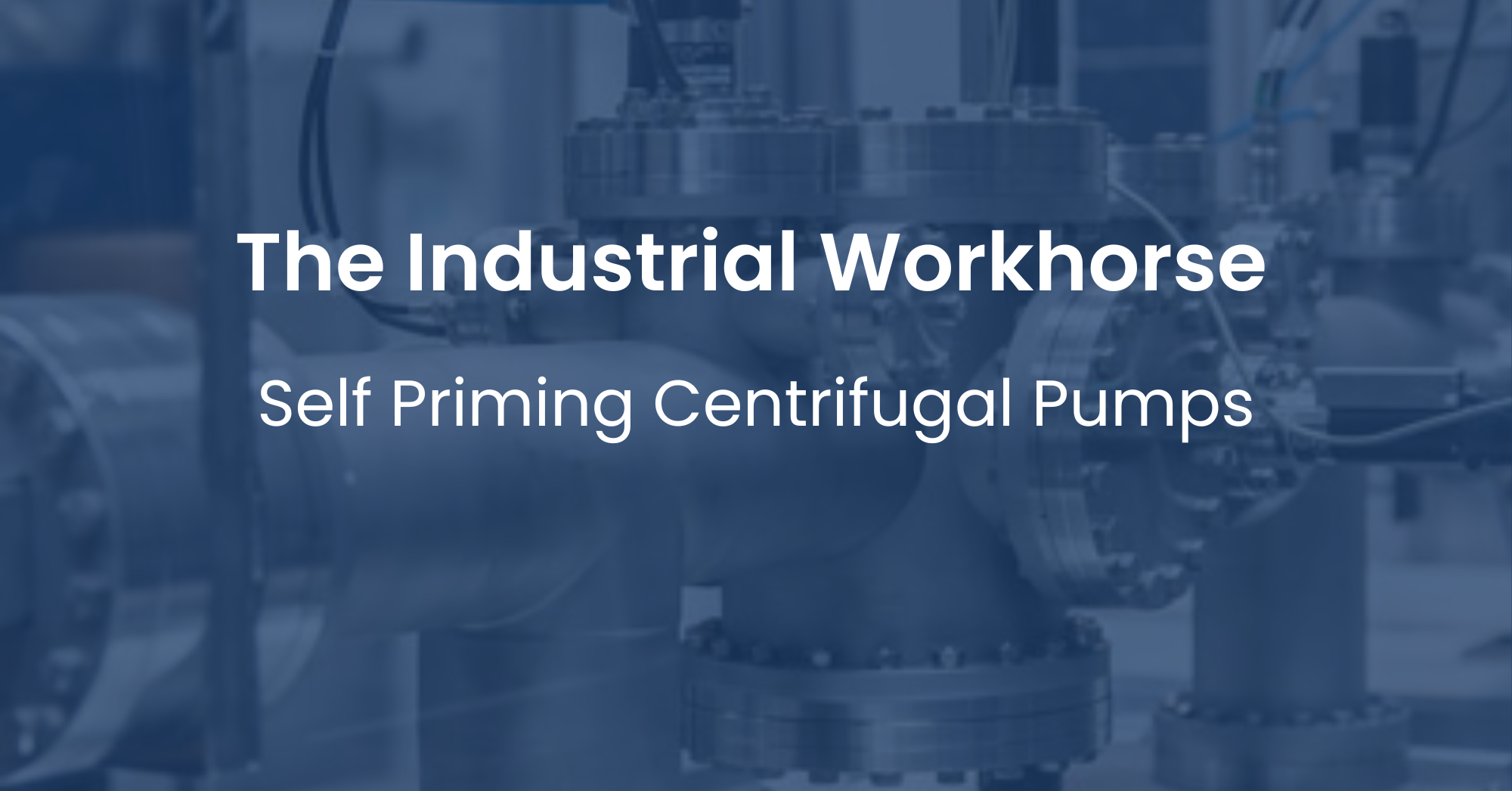
-1.png)
-3.png)
-Sep-30-2024-05-50-05-0638-PM.png)
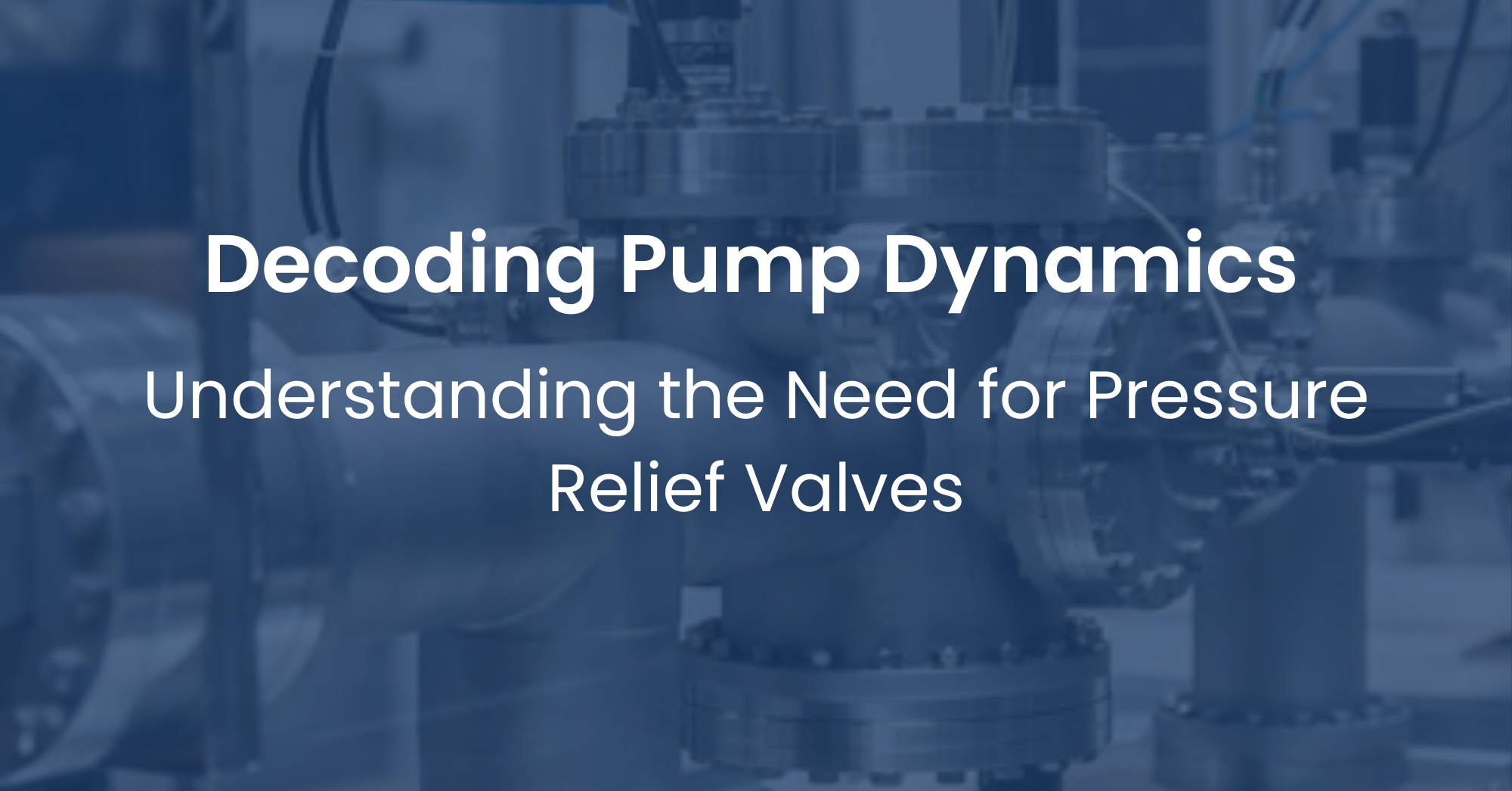
-Sep-12-2024-08-27-18-8569-PM.png)
